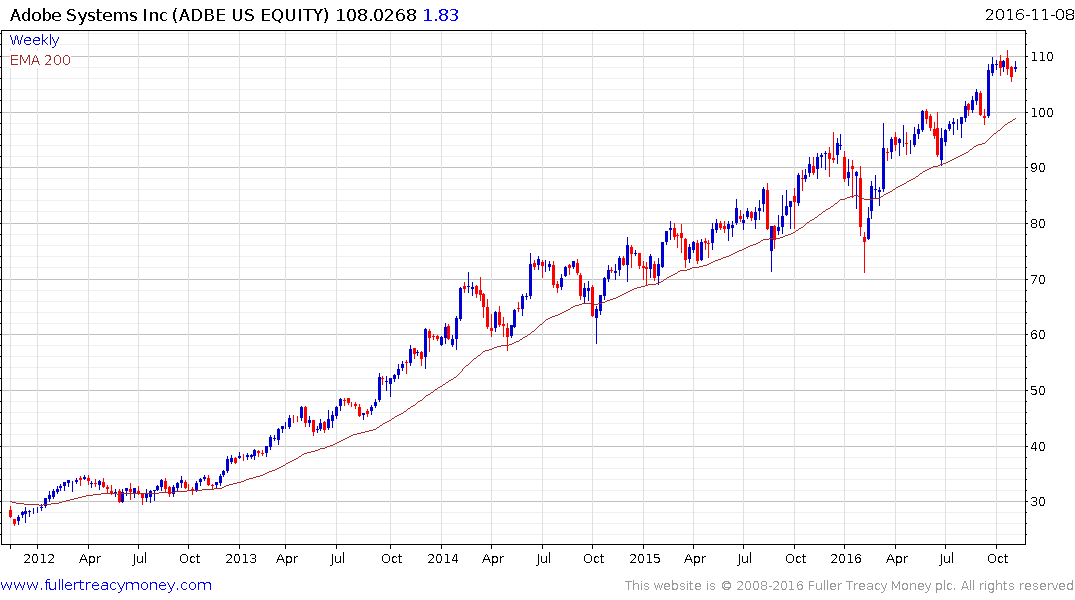Adobe gets experimental: Photoshopping voices, drawing hacks and VR editing
This article by Emily Ferron for Newatlas may be of interest to subscribers. Here is a section:
According to Jin, the software needs about 20 minutes of voice recording to learn the speech patterns and wave forms of the original speaker's voice. Then, the user can simply type in the edited version of the text and hear the desired changes played back practically instantly. In the demo, Jin playfully altered a sentence, "I kissed my dogs and my wife" to "I kissed Jordan three times." New words that were not in the original recording were re-created in the speaker's tone and timbre.
While this technology has obvious applications in the entertainment and voiceover industries, it could have long-reaching societal repercussions as well. Just as Photoshopping allegations come into play when the veracity of an image is suspect, VoCo could open voice recordings to the same kind of scrutiny. To counter security concerns, Jin said that features like watermarking and anti-forgery measures are on the way.
Other notable Adobe "sneaks" include Project Stylit and CloverVR. The former is a tool for creating digital art with traditional fine art looks. The latter tackles a more-cutting edge issue, introducing new methods for editing 360-degree videos for virtual reality applications.
Online retail is in many respects the business of selling pictures since the customer has no other way of inspecting the product. By successfully implementing a subscription pricing model Adobe succeeded in making its Photoshop suite of products the industry standard. Its Maya animation and graphics package is now also on a subscription model and is one of the most widely used tools in the gaming and advertising sectors.
Virtual reality is a wholly new entertainment medium and there are substantial challenges in editing footage from more than one camera. So far the solution has been to use psychological cues to control the eye movement of the consumer of the media. However the challenge is with contrarians that wish to do exactly the opposite of what the story wants to portray. When they look away from the action they need to also see something interesting. Right now the field is wide open for software that can allow a 360 degree video sequence to be edited so Adobe has a fighting chance at also capturing this market.

The share has been ranging above $105 since gapping higher in September and a sustained move below that level would be required to signal a more aggressive process of mean reversion is underway.


